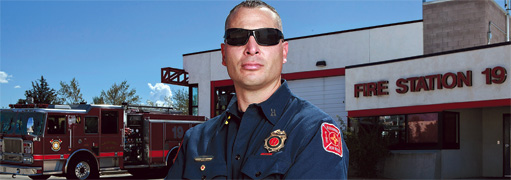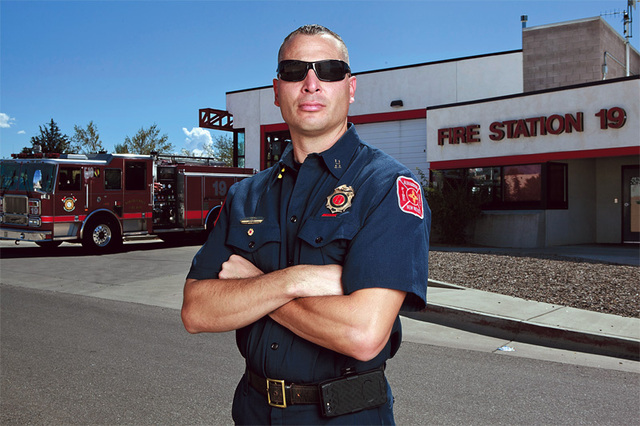Study Says Afd Needs More Staff To Answer Calls Quickly
Study Says Afd Needs More Staff And More Gear To Answer Calls Quickly


Capt. Frank Soto
Eric Williams ericwphoto.com
Latest Article|September 3, 2020|Free
::Making Grown Men Cry Since 1992


Capt. Frank Soto
Eric Williams ericwphoto.com

